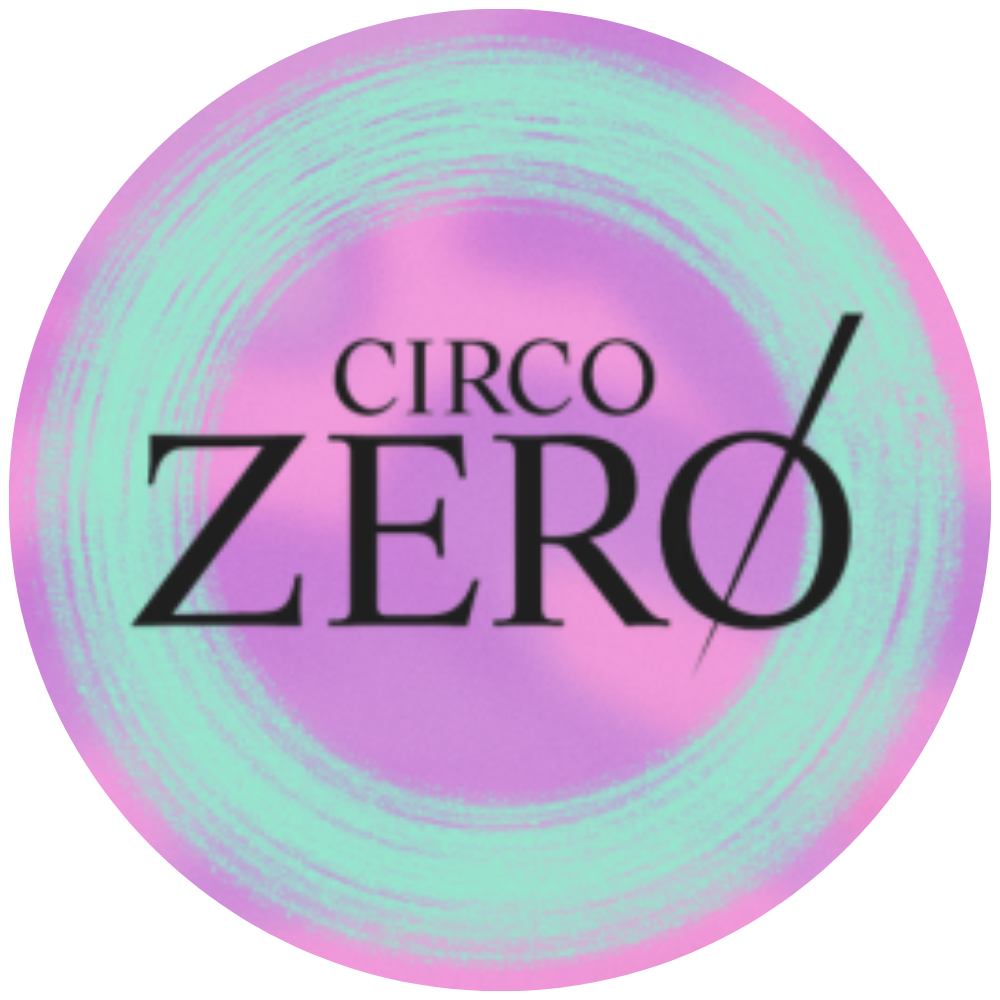QUEER! a workshop
In late July I taught a five-day class called Queer! at Impulstanz, a big contemporary dance fest in Vienna.
Satu Herrala, one of the participants wrote about the class for Corpus a cool site that you can check out here.
http://www.corpusweb.net/index.php?option=com_content&task=view&id=1263&Itemid=35
I didn't have a particular pedagogy for the class but each day I worked with an idea or a particular theorist and tried to come up with improvisation and composition exercise to explore that idea, e.g., Gloria Anzaldúa on borderlands, Trinh, T. Minh-ha on movement between margins and centers, Kate Bornstein's work on analyzing one's personal gender(s)...
Just to have that many queer-identified and queer-curious people in one dance class was excellent.
Here's the final paragraph of Satu's report:
On the last day, we were looking at each other for a long time. People suddenly had so many faces without trying to fix one. As we returned to language after this simple but powerful experience, we talked about binary thinking and how to undo those patterns of oppositions. To undo the thinking, we have to undo the language - female and queer are oppressed not only socially and politically but also in terms of signifying meaning. Keith quoted Trinh T. Minh-ha who said that: “Meaning has to retain its complexities - otherwise it will just be a pawn in the game of power.” Her writing, together with many other feminist writers, operates between theory and poetry. That borderland is a place where new meaning can occur. Our borderland is the body. If we want to challenge the norms and representations of sex, gender and race, dance and performance is a good place to be.
Satu Herrala, one of the participants wrote about the class for Corpus a cool site that you can check out here.
http://www.corpusweb.net/index.php?option=com_content&task=view&id=1263&Itemid=35
I didn't have a particular pedagogy for the class but each day I worked with an idea or a particular theorist and tried to come up with improvisation and composition exercise to explore that idea, e.g., Gloria Anzaldúa on borderlands, Trinh, T. Minh-ha on movement between margins and centers, Kate Bornstein's work on analyzing one's personal gender(s)...
Just to have that many queer-identified and queer-curious people in one dance class was excellent.
Here's the final paragraph of Satu's report:
On the last day, we were looking at each other for a long time. People suddenly had so many faces without trying to fix one. As we returned to language after this simple but powerful experience, we talked about binary thinking and how to undo those patterns of oppositions. To undo the thinking, we have to undo the language - female and queer are oppressed not only socially and politically but also in terms of signifying meaning. Keith quoted Trinh T. Minh-ha who said that: “Meaning has to retain its complexities - otherwise it will just be a pawn in the game of power.” Her writing, together with many other feminist writers, operates between theory and poetry. That borderland is a place where new meaning can occur. Our borderland is the body. If we want to challenge the norms and representations of sex, gender and race, dance and performance is a good place to be.
